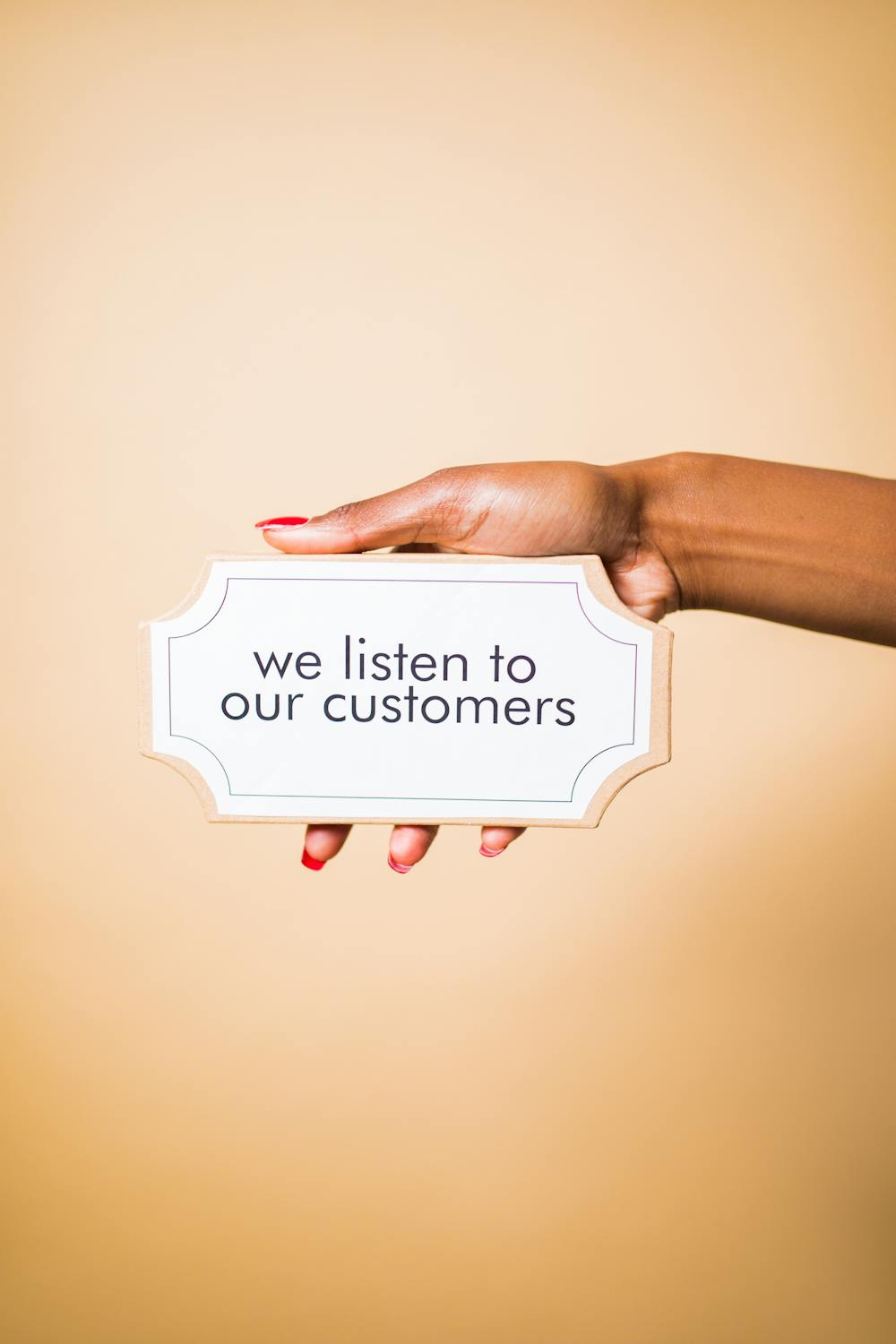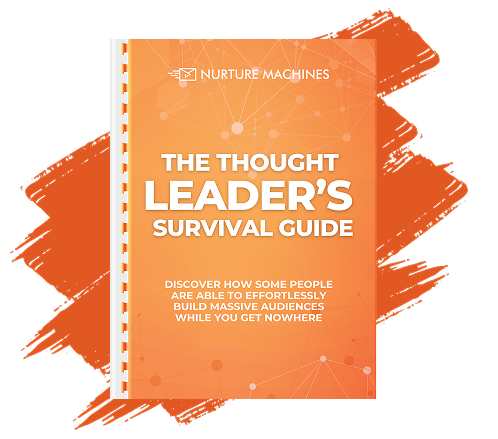Brand loyalty is more than a repeated purchase—it is the emotional attachment and trust that customers develop toward a brand. In today’s competitive landscape, where customer retention costs less than acquisition and positive word of mouth often outperforms traditional advertising, nurturing brand loyalty is critical for sustainable revenue growth. Loyal customers become passionate advocates, increasing customer lifetime value and providing long-term sales stability.
Loyal customers provide a predictable revenue stream for organizations, especially those focused on lead nurturing and content marketing. They repeatedly choose a brand despite alternatives and frequently refer others, reducing sales costs. This article explores how customer allegiance influences sales growth, examines the benefits of repeat purchases, and discusses strategic loyalty programs that enhance sales. Understanding the connection between steadfast loyalty and financial success helps businesses optimize marketing investments, increase efficiency, and drive profit margins.
The article establishes the cause-and-effect relationship between brand loyalty and sales performance. It equips marketing professionals, thought leaders, and content creators with actionable insights on designing loyalty programs that drive revenue gains. With rapid digital marketing advances and an evolving competitive environment, loyalty programs have never been more significant. Responsive companies see not only improved sales figures but also a customer base that can weather economic shifts.
Key Takeaways
- Brand loyalty creates consistent revenue through repeat purchases and customer referrals.
- Effective loyalty programs reduce customer acquisition costs and increase lifetime value.
- Strategic measurement of loyalty initiatives reveals their direct impact on sales growth.
- Future trends in loyalty programs emphasize personalization and technology integration.
Defining Brand Loyalty and Its Direct Connection to Sales Growth

Brand loyalty is the tendency of consumers to repeatedly purchase one brand’s products over competitors, driven by positive experiences, trust, and emotional connection. Its impact on sales growth is evident when repeat customers generate higher lifetime value than new ones, boosting revenue and profitability.
How Steadfast Customer Allegiance Fuels Consistent Revenue Streams
Customer allegiance ensures that existing customers return repeatedly, reducing the need for costly acquisition campaigns. Loyal customers are more likely to repurchase and refer others, creating a self-reinforcing cycle that lowers marketing expenses while increasing sales through a predictable revenue base. This emotional connection also provides resiliency during downturns, as loyal customers continue to support brands despite competitive pricing. The result is a higher average order value and more frequent transactions, directly contributing to robust financial performance.
The Tangible Benefits of Repeat Purchases on Overall Sales Figures
Repeat purchases boost overall sales by building a cost-effective customer base that reduces the need for high-cost marketing of new customers. Each repeat purchase reaffirms the brand’s value proposition and encourages additional product trials. Studies indicate that a 5% increase in retention can raise profits substantially. Repeat customers also supply valuable data for tailoring future offerings, optimizing inventory management, and driving sales through personalized marketing initiatives.
Customer Devotion as a Predictor of Long-Term Sales Stability
When customers are emotionally connected to a brand, their purchasing behavior becomes predictable, ensuring stable revenue even during market fluctuations. Loyalty is measured not only by purchase frequency but also by versatility—customers buying across product lines tend to be more resilient. These devoted customers act as informal brand ambassadors through word of mouth, enhancing the brand’s reputation and contributing indirectly to sales stability.
Moving Beyond Transactions to Cultivate Profitable Customer Relationships
Brand loyalty requires a shift from mere transactions to relationship-focused engagement. By adopting customer-centric practices—such as personalized marketing, exclusive rewards, and consistent communications—brands build communities that drive repeat sales and broader market influence. Listening to customer feedback and adapting strategies accordingly sustains profitable relationships that directly fuel sales growth.
Analyzing the Impact of Loyalty Initiatives on Sales Volume

Analyzing loyalty initiatives involves examining how retention strategies and rewards programs boost purchase frequency and average order value. Effective loyalty programs are designed to not only encourage repeat buying but also to increase spending per transaction.
How Strategic Loyalty Programs Directly Stimulate Purchase Frequency
Programs offering clear, attractive incentives—such as point-based rewards, exclusive discounts, or early product access—motivate customers to return. For example, tiered rewards systems that become more beneficial with increased spending encourage customers to buy more frequently and in larger quantities. These programs provide data on purchasing habits that help brands fine-tune their strategies.
Quantifying the Uplift in Average Order Value Through Loyalty Schemes
Well-structured loyalty programs often lead customers to spend more per transaction. Embedded rewards like cashback offers or bonus points for bulk purchases have been shown to raise average order value by 10–30%. Monitoring purchase frequency and AOV before and after implementing such programs demonstrates a clear return on investment, validating the loyalty strategy.
The Contribution of Reward Systems to Increased Customer Spending
Reward systems based on gamification and reciprocity encourage customers to allocate more of their budgets to a favored brand. Knowing that a small increase in spending may unlock discounts often motivates additional purchases or upgrades. This not only boosts immediate sales but fosters longer-term spending as rewards continuously drive customer behavior. Moreover, feedback from these systems helps brands personalize and evolve rewards to keep them enticing.
Successful Loyalty Initiatives That Have Demonstrably Grown Sales
Major retailers have implemented loyalty programs that improve retention and drive incremental revenue growth. Some programs achieve a 20–50% sales increase among members compared to non-members. Tailored communications, tiered rewards, and community-building elements work together to transform one-time customers into repeat buyers and create brand champions, proving the effectiveness of well-executed loyalty strategies.
Assessing the Return on Investment From Customer Loyalty Ventures
Measuring ROI in loyalty ventures involves tracking key performance indicators (KPIs) such as retention rates, purchase frequency, average order value, and lifetime value. Comparisons made before and after program launches typically demonstrate significant revenue improvements—often several-fold returns for every dollar spent. This robust feedback justifies investments in loyalty programs and supports ongoing strategy optimization.
Building Stronger Brand Affinity to Amplify Sales Outcomes

Stronger brand affinity encourages customers to not just purchase but actively advocate for the brand. A well-crafted brand image and consistent messaging can transform transactional interactions into emotionally engaging experiences that drive long-term sales growth.
Crafting Memorable Brand Experiences That Encourage Repeat Business
Memorable experiences extend beyond product purchases to include customer service, community engagement, and follow-ups. Brands that host exclusive events, provide early product access, and create engaging digital content help customers feel part of an exclusive community. Such experiences foster emotional connections that increase repeat business and generate consistent revenue growth.
The Role of Consistent Brand Messaging in Securing Customer Commitment
Consistent messaging across all customer touchpoints establishes trust and reduces confusion. Using taglines, mission statements, and uniform visual themes reassures customers and simplifies their decision-making, leading to higher conversion rates. This cohesive narrative reinforces customer loyalty, which, in turn, drives sustained sales performance.
Using Customer Feedback to Strengthen Loyalty and Drive Sales
Customer feedback provides crucial insights into what works well and what needs improvement. Regularly soliciting opinions through surveys, social media, and direct communication enables brands to fine-tune products and services, personalizing loyalty initiatives for different demographics. This ongoing dialogue builds trust and encourages repeat purchases, enhancing overall sales through increased word-of-mouth promotion.
How Exceeding Customer Expectations Translates to Higher Sales
When brands consistently exceed customer expectations by delivering superior quality, service, or innovative features, they build a reputation for excellence. This enhanced trust encourages customers to invest more, leading to higher sales. Exceeding expectations converts occasional buyers into passionate advocates, boosting immediate sales through repeat purchases and fostering long-term revenue growth via referrals and positive online reviews.
The Financial Advantages of Nurturing Loyal Customers for Sales Success

Nurturing loyal customers offers significant financial advantages that extend beyond repeat transactions. Benefits include reduced marketing expenses, higher customer lifetime value, and a steadier revenue stream in uncertain economic times.
Reduced Customer Acquisition Costs Through Strong Brand Allegiance
Loyal customers require less marketing effort and fewer touchpoints to convert, which lowers the customer acquisition cost (CAC). Their word-of-mouth referrals further reduce the need for expensive advertisements. Studies show that even a modest retention improvement can lead to substantial profit gains, enabling companies to reallocate resources toward product development and enhanced service.
Higher Customer Lifetime Value and Its Effect on Sales Performance
Higher customer lifetime value (CLV) reflects a longer-term, stable revenue source. Loyal customers, who are less price-sensitive and more open to additional purchases, contribute to higher CLV. Investments in personalized email marketing, reward programs, and targeted offers strengthen the relationship, leading to increased CLV and improved overall sales performance.
Loyal Customers as Brand Advocates Driving Referral Sales
Loyal customers often become brand advocates, referring new customers through organic word-of-mouth. These referred customers typically convert better and offer higher lifetime value, reducing overall acquisition costs and driving sustainable revenue growth.
The Resilience of Loyal Customer Bases During Economic Shifts
During economic downturns, loyal customers remain committed, providing a buffer that stabilizes sales even when discretionary spending declines. Their trust and satisfaction help maintain steady revenue streams, underscoring the importance of customer loyalty as a long-term financial asset.
Measuring the Effectiveness of Loyalty Strategies on Sales Performance

Effective measurement of loyalty strategies involves tracking key metrics that directly link customer loyalty with sales performance. Robust analytics tools and customer segmentation techniques help companies monitor improvements in retention, average order value, and overall revenue growth.
Key Performance Indicators for Tracking Loyalty’s Sales Contribution
KPIs such as customer retention rate, purchase frequency, average order value, and customer lifetime value provide quantitative insights into the success of loyalty programs. Complementing these with social media engagement and referral rates offers a comprehensive picture of loyalty’s impact on revenue.
Attributing Sales Increases Directly to Specific Loyalty Efforts
Multi-touch attribution models help isolate the impact of specific loyalty initiatives by mapping customer interactions and purchase data. Controlled experiments and detailed data analysis reveal which efforts produce the highest ROI, guiding future strategy adjustments.
Tools and Techniques for Monitoring Loyalty Program Impact on Revenue
Advanced tools like CRM-integrated analytics platforms (e.g., Google Analytics, Salesforce) offer real-time data on customer behavior and segmentation. Techniques such as cohort analysis, predictive analytics, and A/B testing enable marketers to forecast sales and refine loyalty programs continuously.
Analyzing Customer Segmentation Data to Refine Loyalty and Sales Tactics
Segmenting customers based on purchase history, engagement, and demographics allows brands to create personalized loyalty programs that effectively drive revenue. This targeted approach optimizes marketing budgets and leads to superior sales outcomes by tailoring strategies to different customer groups.
Future Trends in Loyalty Programs and Their Anticipated Sales Influence
The future of loyalty programs is closely linked to evolving technology, hyper-personalized experiences, and shifting market trends. Next-generation loyalty initiatives will emphasize deeper personalization, enhanced analytics, and ethical data practices.
Personalization in Loyalty Initiatives as a Driver for Future Sales
Advances in artificial intelligence and machine learning will enable brands to design hyper-personalized incentives tailored to individual buying habits. Dynamic reward schemes that adjust in real time can both retain high-value customers and boost spending among occasional buyers, driving higher sales through increased engagement and loyalty.
The Growing Role of Technology in Shaping Loyalty and Sales Interactions
Automation tools, real-time analytics, and omnichannel marketing strategies will further streamline customer experiences. Innovations such as blockchain for transparent loyalty transactions and augmented reality for immersive engagement will provide deeper customer insights and help brands adapt rapidly to changing market conditions.
Ethical Considerations in Data Use for Loyalty and Sales Optimization
As personalization increases, ethical data practices become more important. Transparency, explicit customer consent, and robust security measures are essential to maintain trust. Upholding these standards not only meets regulatory requirements but also reinforces customer loyalty, driving higher sales as consumers feel secure and valued.
How Sustainability and Social Responsibility Affect Brand Loyalty and Purchases
Modern consumers increasingly favor brands committed to ethical practices and environmental stewardship. Companies that integrate sustainable practices, such as eco-friendly packaging, ethical labor policies, and community engagement, are more likely to build a loyal customer base. This commitment to social responsibility enhances brand reputation and translates into repeat purchases and advocacy, further boosting sales.
Frequently Asked Questions
Q: How does brand loyalty impact overall sales growth?
A: Brand loyalty boosts sales by driving repeat purchases and increasing average order value. Loyal customers also refer friends and family, reducing acquisition costs and ensuring a steady revenue stream through higher customer lifetime value.
Q: What are the key metrics to measure the success of a loyalty program?
A: Key metrics include customer retention rate, purchase frequency, average order value, and customer lifetime value. Additionally, social media engagement and referral rates help quantify the program’s impact on revenue.
Q: How do loyalty programs reduce customer acquisition costs?
A: By focusing on retaining existing customers rather than acquiring new ones, loyalty programs lower the required marketing touchpoints. Satisfied customers also generate organic referrals, substantially reducing overall acquisition costs.
Q: What future trends should companies watch for in loyalty programs?
A: Future trends include increased personalization powered by artificial intelligence, enhanced omni-channel integration, and a stronger focus on ethical data usage and sustainability. These trends will help create more engaging and tailored customer experiences.
Q: Why is customer feedback important in enhancing brand loyalty?
A: Customer feedback offers direct insights into expectations and areas for improvement. Incorporating this feedback into product development and service enhancements builds trust, leading to increased loyalty and higher sales.
Final Thoughts
The connection between brand loyalty and sales performance is both profound and measurable. By nurturing long-term, emotionally engaging relationships, brands secure a stable revenue base while reducing acquisition costs and boosting profitability. Strategic loyalty programs, continually refined through key performance indicators and emerging trends in personalization and technology, drive sustained sales growth.






